-
My Cat Likes To Hide In Boxes by Lynley Dodd Analysis
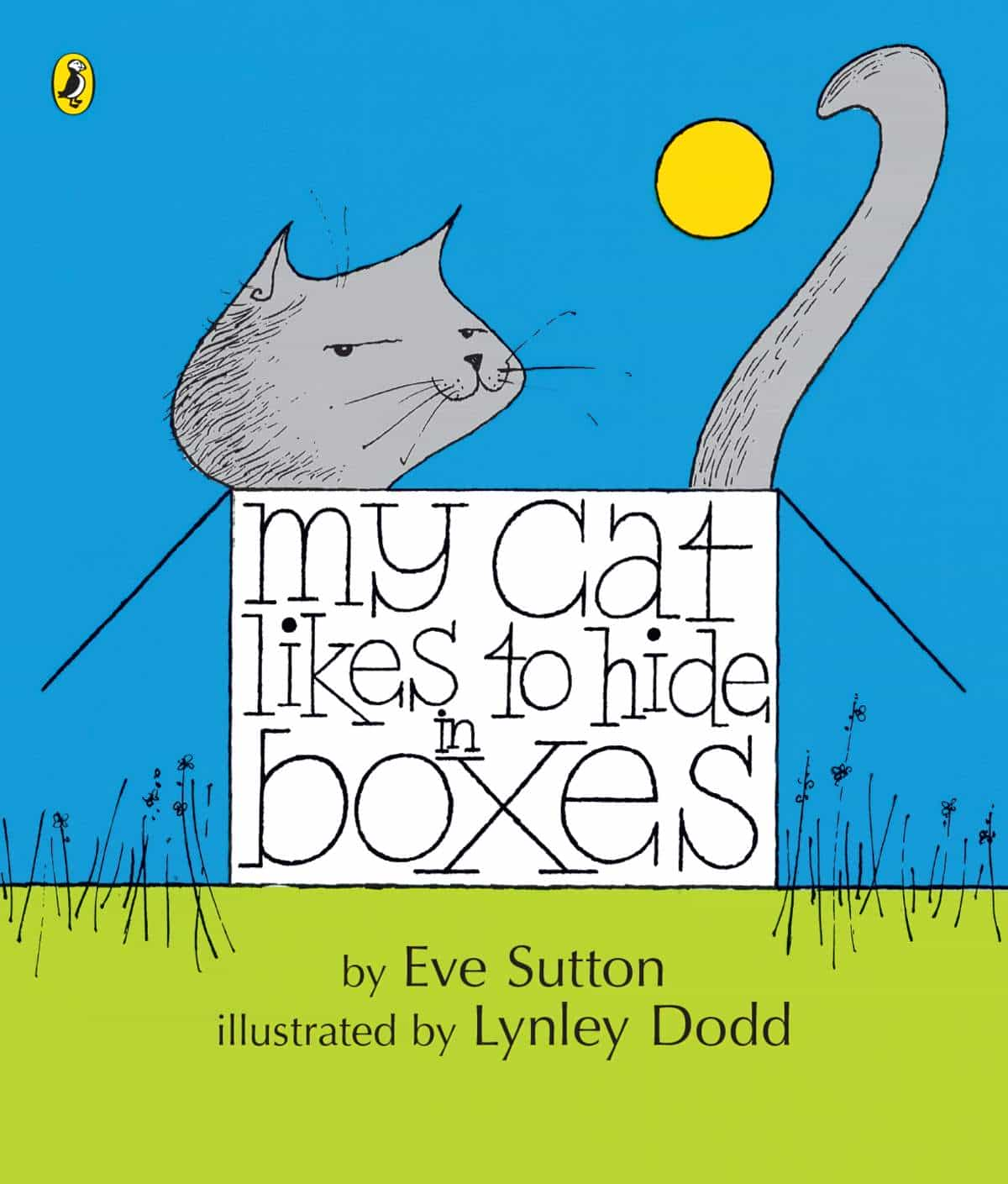
Written by Eve Sutton, My Cat Likes to Hide in Boxes is the very first picture book illustrated by New Zealand’s Dame Lynley Dodd.
-
Creating A Fairytale World
To a modern audience, what makes a setting feel ‘fairytale’? What is it about the tone, style and plot? I argue here that what makes a fairytale setting feel ‘fairytale’ is mostly the ‘fairytale logic’. Just as we know, almost intuitively, that a particular narrative is a fairy tale when we read it, it seems […]
-
Gingerbread Girl by Stephen King Short Story Analysis

“The Gingerbread Girl” by Stephen King is a long short story by American writer Stephen King. Find it in Just After Sunset (2008).
-
Town Musicians Of Bremen Fairy Tale Analysis
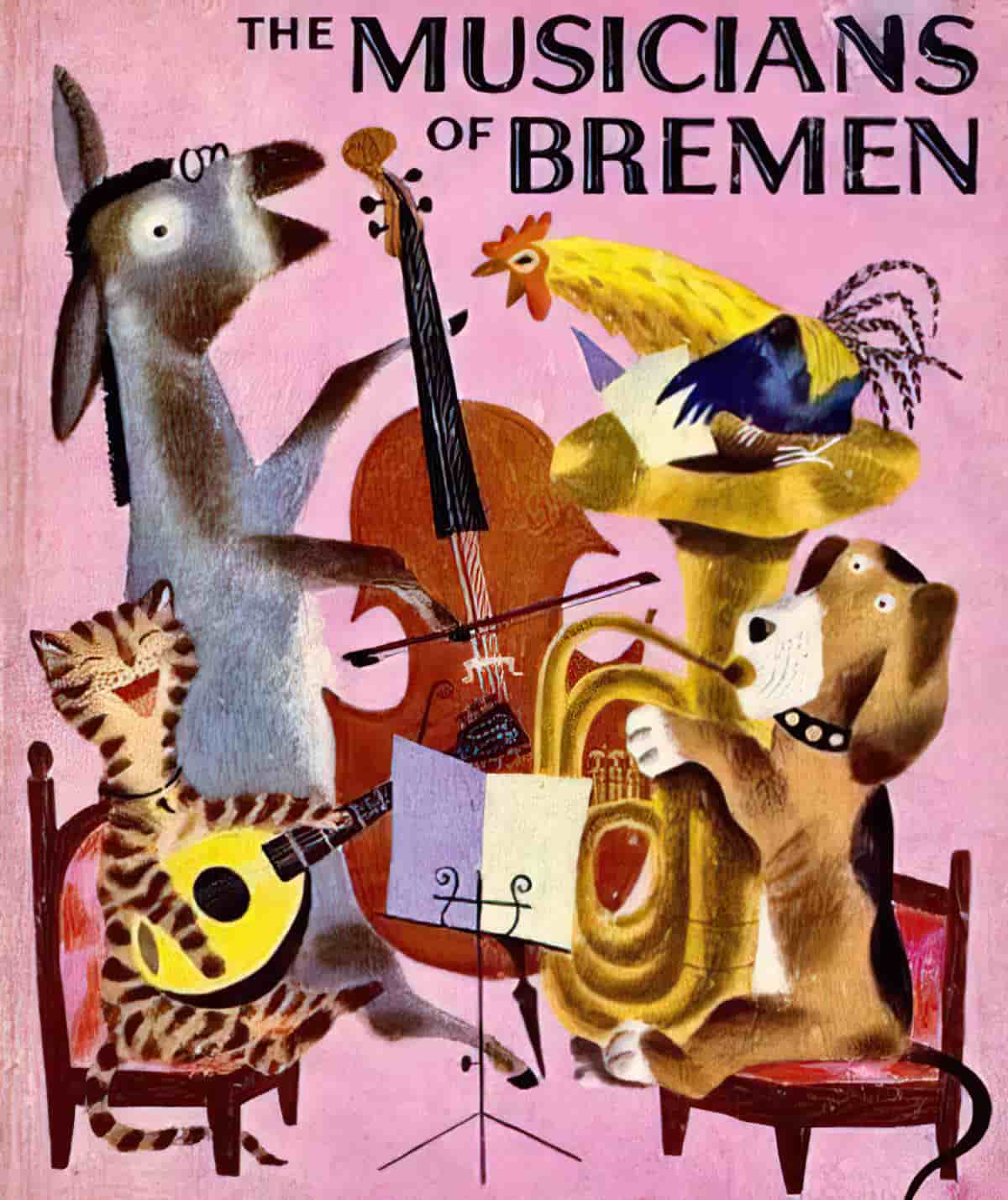
“The Town Musicians Of Bremen” is a German folktale. Its plot structure is so strong that many storytellers writing series for children borrow it.
-
Cumulative Plots and The Fifth Story by Clarice Lispector
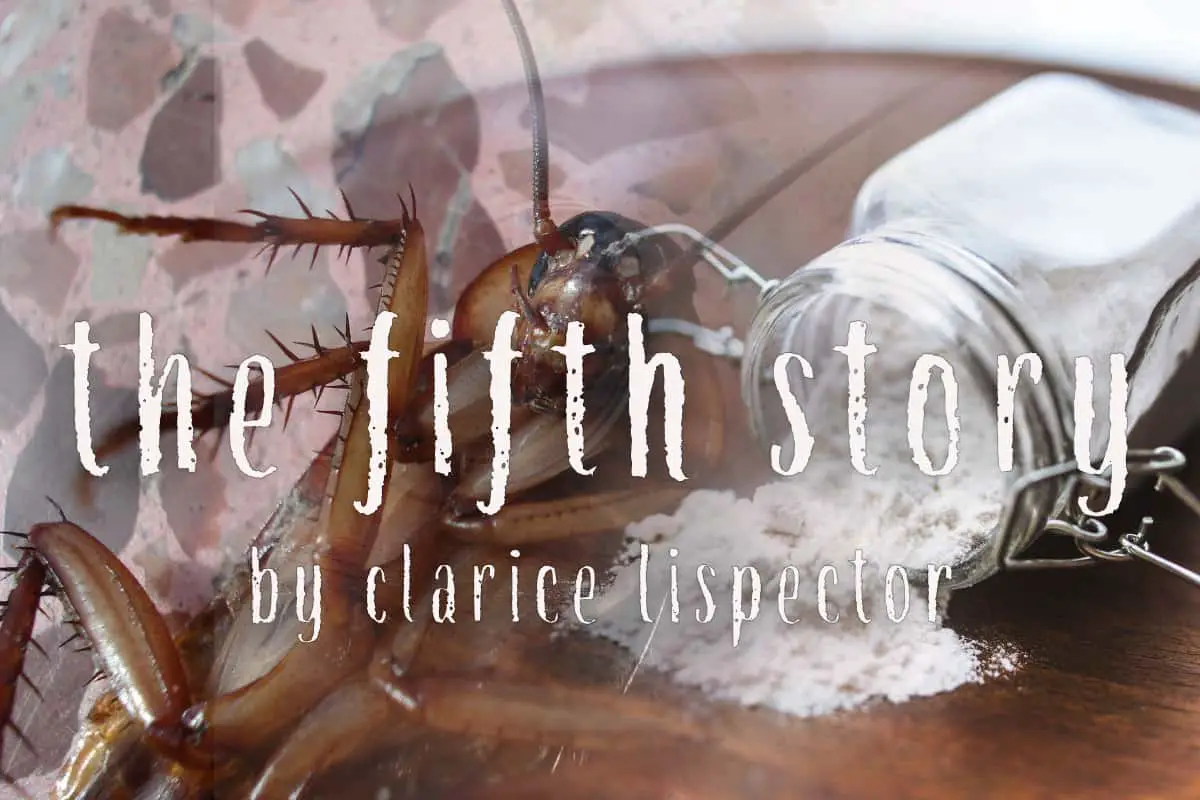
“The Fifth Story” (1964) is a work of microfiction by Ukraine-born Brazilian writer Clarice Lispector (1920-1977). I tend to analyse short stories by looking at their dramatic arc, but what of a story like this? Surely “The Fifth Story” does not fit traditional ideas of what makes a complete narrative. I also love when I read a […]
-
Stone City by Annie Proulx Short Story Analysis

“Stone City” is a short story by Annie Proulx, first published 1979, collected 20 years later in Heart Songs. Some of Proulx’s short stories are like compacted novels, and “Stone City” is one of those. The story of the humans is wrapped by the story of a fox, looking in from a slight distance. “Stone […]
-
Lizzie’s Tiger by Angela Carter Analysis
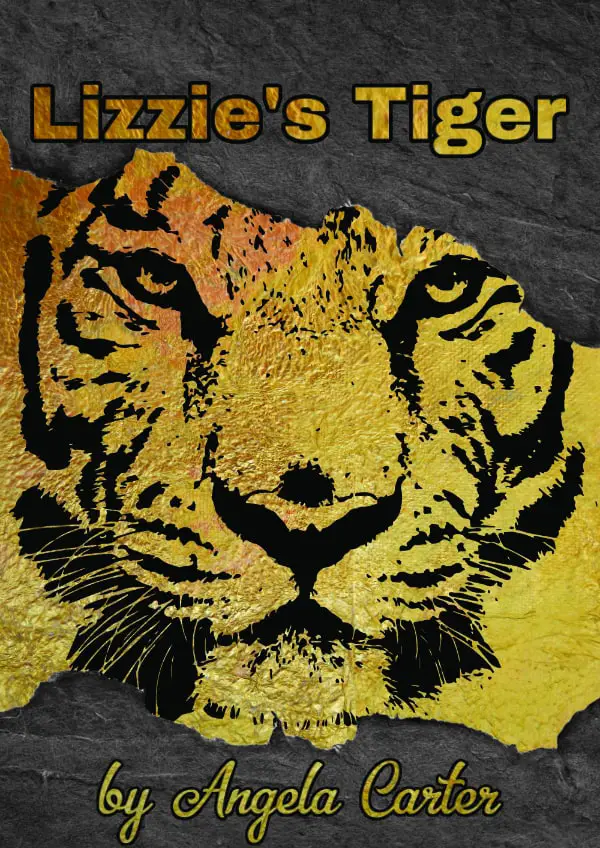
Lizzie’s Tiger is a short story by Angela Carter, the first in her collection American Ghosts and Old World Wonders. This is a story of female empowerment, with a strong fairytale influence.
-
I Had Trouble In Getting To Solla Sollew Analysis
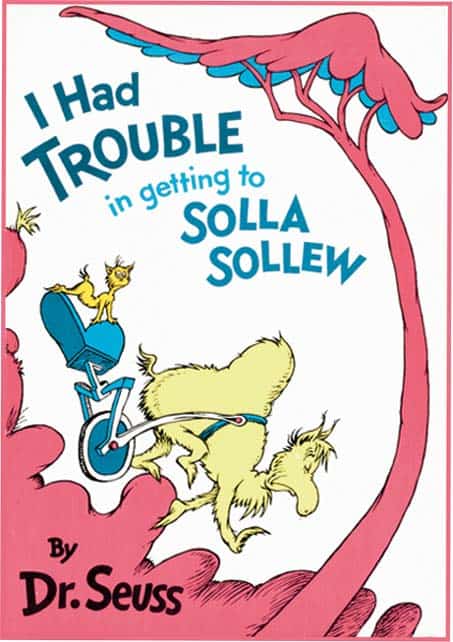
This month I’m blogging a series aimed at teaching kids how to structure a story. This seven-step structure works for all forms of narrative. It works for picture books, songs, commercials, films and novels. Today I take a close look at I Had Trouble In Getting To Solla Sollew by Dr Seuss. Solla Sollew is plotted using […]
-
The Gingerbread Man Story Structure and Analysis
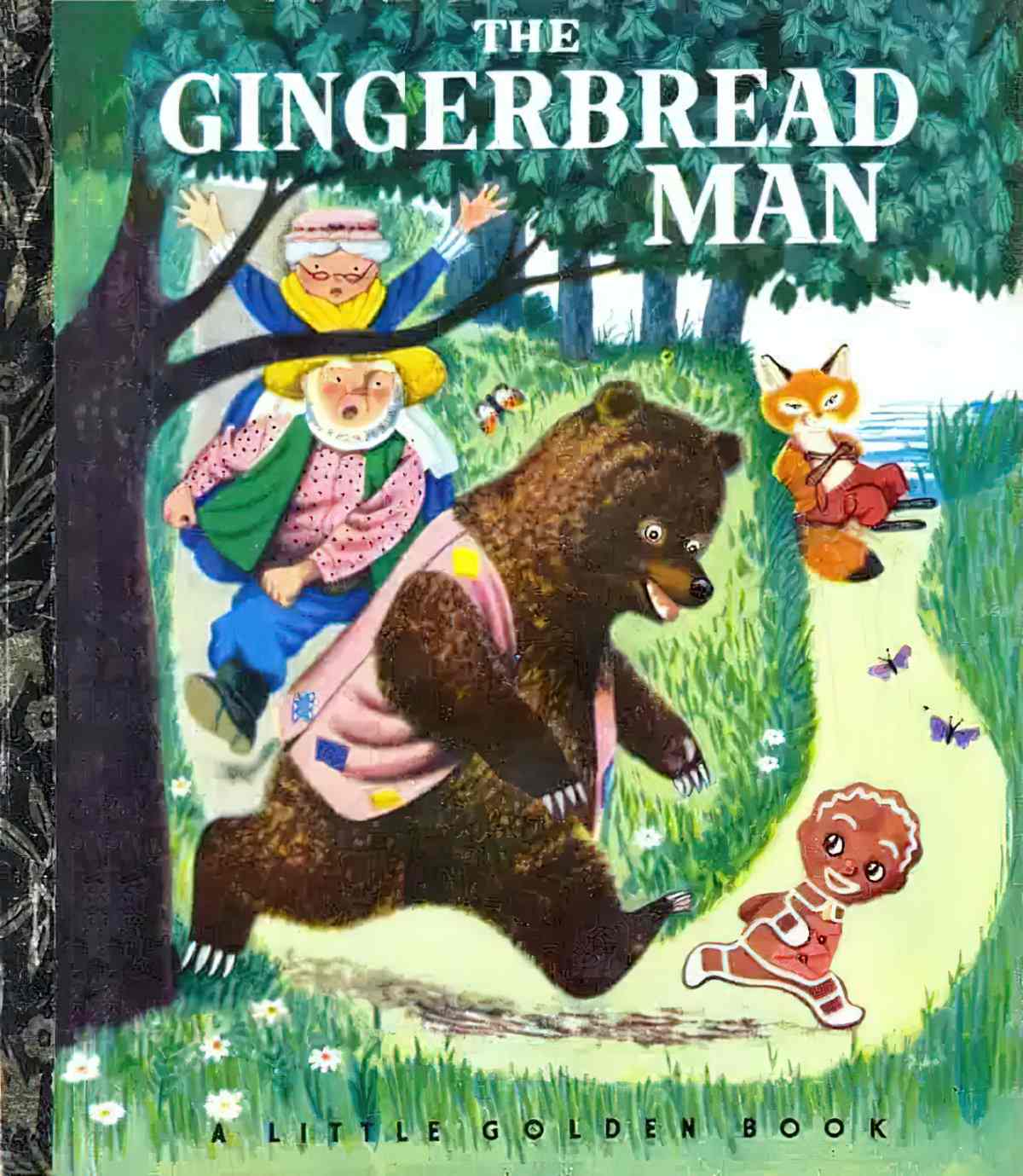
I recently looked into The Magic Porridge Pot (a.k.a. Sweet Porridge), part of a whole category of folk tales about pots of overflowing food. Related, there is another category of folk tales about food that runs away. In the West, the most famous of those would have to be The Gingerbread Man, but have you also heard of The Fleeing…
-
Narration and Storytelling: Diegetic Levels

When discussing ‘diegetic levels’ of a story, imagine a ground floor. Level zero. All events and characters featured on this level are part of the story. Level zero is the normal, basic narrative level in a text. A story may not have any other levels, but it will at least have a ground floor. This happened, that happened, the end.
-
Badjelly The Witch by Spike Milligan (1973)
“Badjelly The Witch” is better known as a radio play than as a picture book, at least to any New Zealand child of the 80s. There wasn’t much in the way of media entertainment back then, and I looked forward to Radio New Zealand’s Sunday morning children’s show with Constable Keith and Sniff the German […]
-
How to Create Conflict in Literature
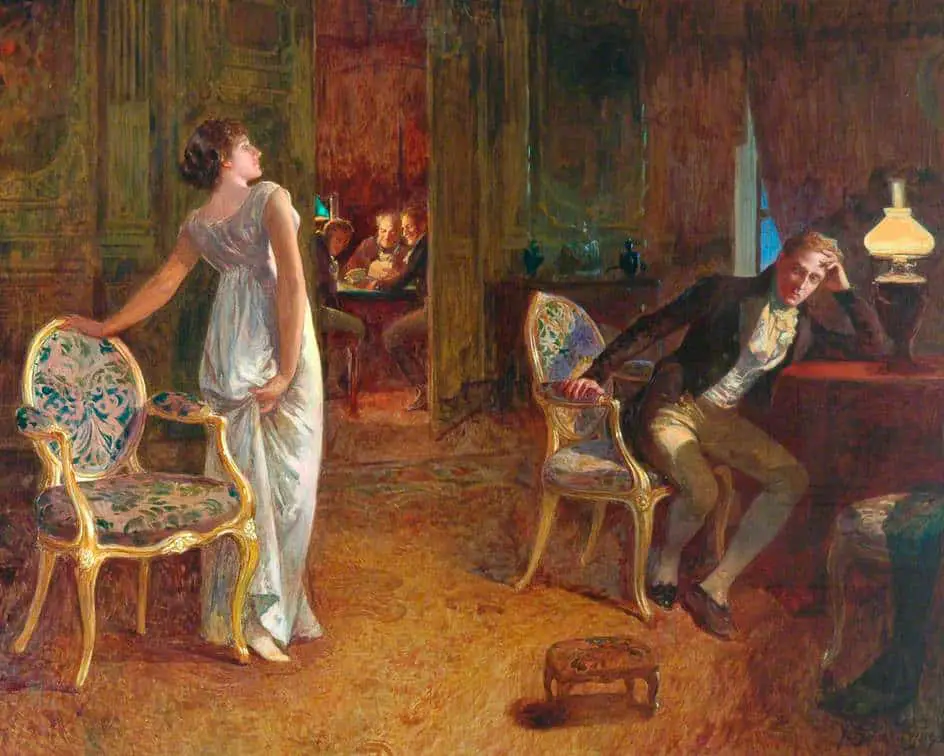
Every interesting main character in every story needs a worthy opponent. The opponent makes the main character interesting. The main character learns through their opponent. The opponent attacks the main character’s great shortcoming. The main character deals with their own great shortcoming and grows as a result.
-
Doctor De Soto by William Steig (1982) Analysis
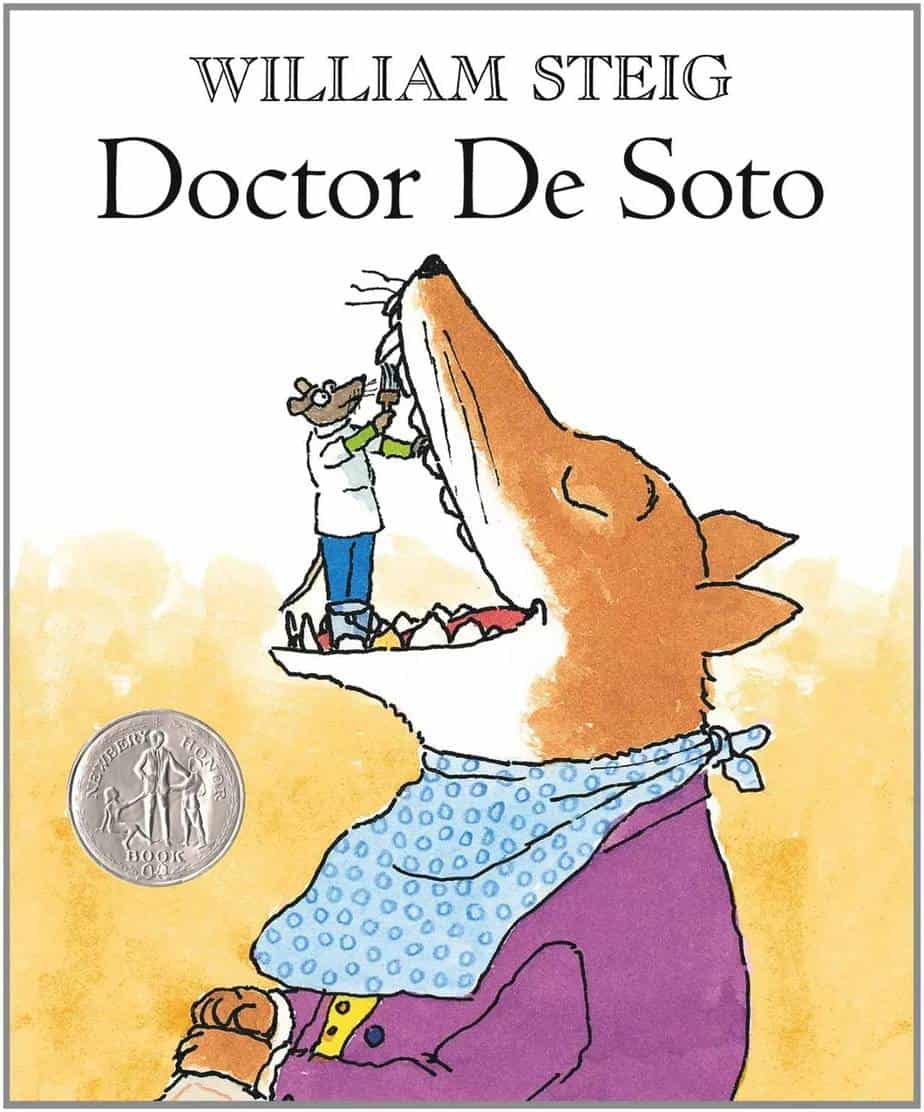
Doctor De Soto is an example of a picture book that owes a lot to Aesop, with the characterisation of the mice and the fox already firmly in place. Mice don’t play as prominent part in the fables as you might think, but foxes are one of the main five, along with countrymen, dogs, donkeys […]
-
Stick Man by Julia Donaldson and Axel Scheffler Analysis
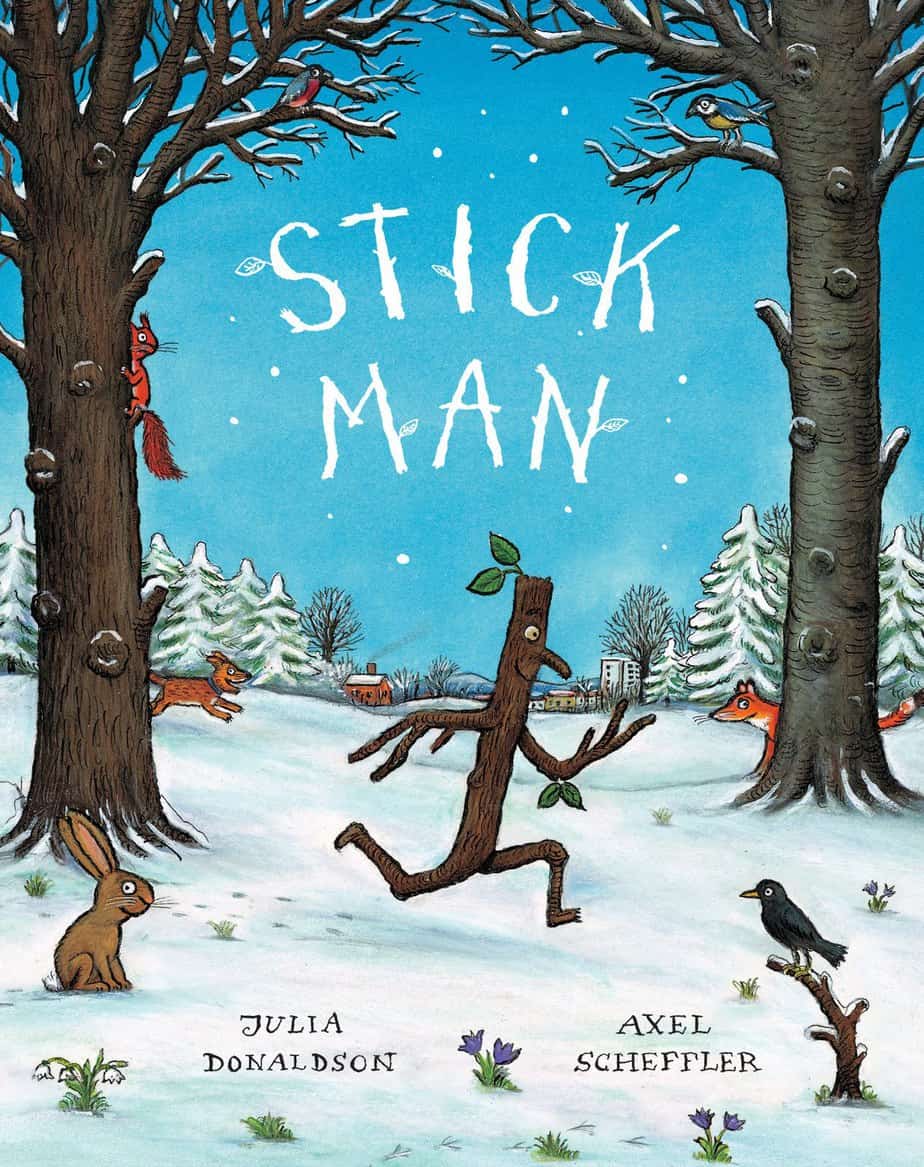
In Stick Man, an anthropomorphised stick ends up far away from his family tree when he is fetched by a dog, thrown by a child, used as a snowman’s arm, and even put on a fire, but finally, Santa Claus steps in to make sure that Stick Man and his family have a joyous Christmas. Julia […]
-
Slinky Malinki by Lynley Dodd Picture Book Analysis
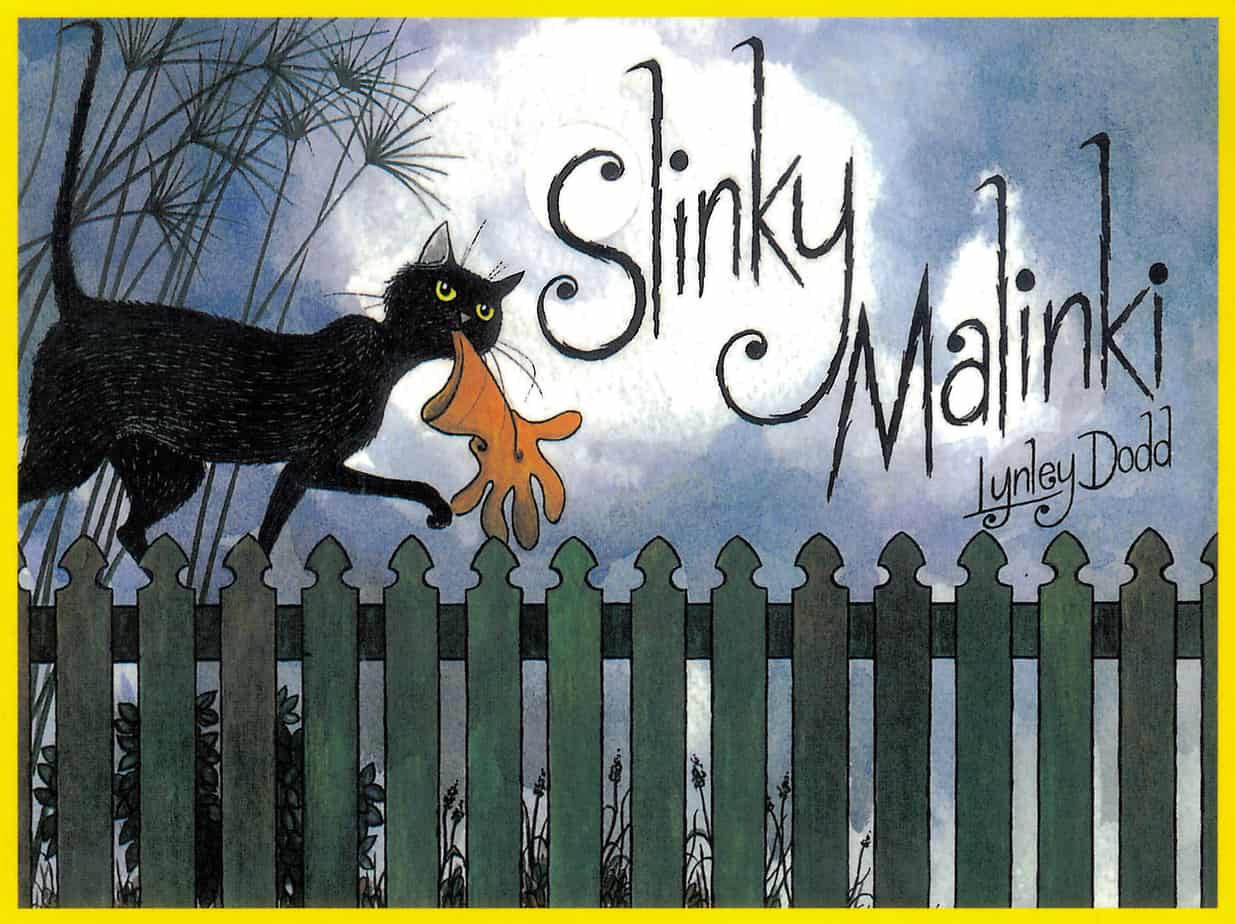
Slinky Malinki is a picture book by New Zealand author illustrator Lynley Dodd. A cat has nine lives. For three he plays, for three he strays, and for the last three he stays. Old proverb A BRIEF HISTORY OF CATS IN CHILDREN’S LITERATURE Sometimes it is difficult not to resent their apparent success, and they […]